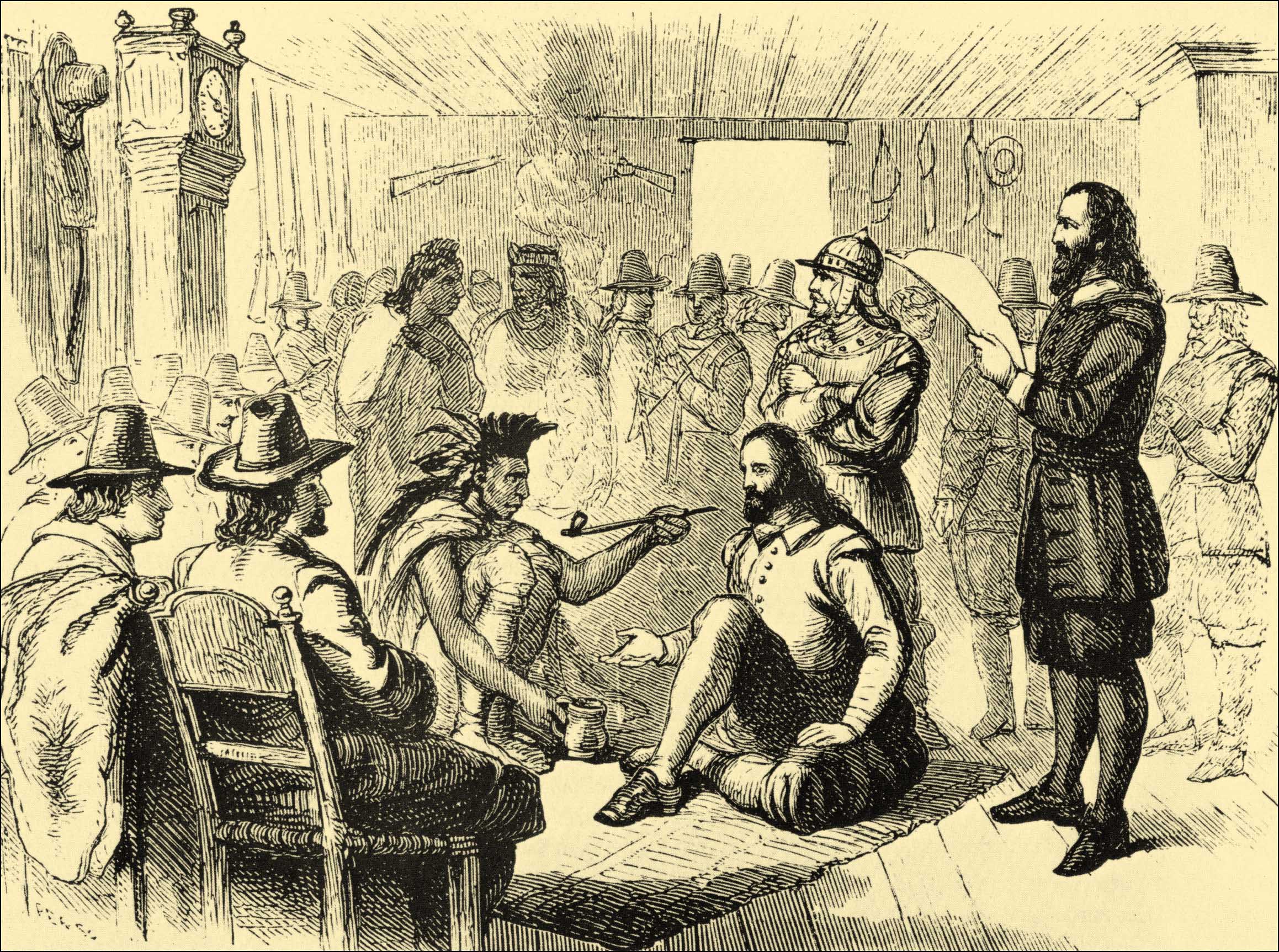I love my iPad. It has made working on set so incredibly stream lined and I use tons of apps to improve my productivity. And because I am forever on a budget, I use tons of
free apps to simplify my life.
Rendering on the go:
Paint gallery: so far this is the best fully free painting/sketching app I have found. No layering capability, but it works quite well for quick sketches.

Concepts: another sketching program. In it's free form it is ok to use, the app design
is much more professional than paint gallery. And this app can do layers, like importing a picture to trace, and it has a far greater selection of tools and textures to work with, but to you have to purchase the full app to enjoy all the neat features. It does seem like it would be worth it, so the next time I find paint gallery isn't full-filling my needs I will probably purchase it.
Magic Plan: The coolest drafting app ever! Use your device to take pictures of every corner of the room and it will measure and draft out a ground plan. It works best on empty rooms, but it is such a time saver to use during location scouting. I freakin' LOVE this app. It saved me hours of measuring and made it so easy to import into google sketch-up to do my renderings and ground plans. Plus, I must say, it really made me feel like a tech/art wizard.
Note taking:
Evernote: Evernote is a whole slew of digital products that can all be synced up between devices and is a great way to keep track of the never ending torrent of information you get while working. I use it to take notes during meetings, make to-do lists, costume plots and write stories. And, here's my favorite dumb artist reason to love it- I'm very fond of the logo. Elephants are cool.

Audio memos- free: I like to take voice recordings during meetings, interviews, and when I have a sudden idea. My favorite use of this application is while on set. If I suddenly have a list of things to prep I'll record it so I can play it back as I gather things together. Much quicker than jotting it down.
Film document management:
ibooks: Fun little trick I learned from a wise UPM, open the pdfs of your script, schedues, and other paperwork in safari, and then open it in ibooks. Now you have all of the documents at your fingertips without lugging around a ream or three of paper.
Random helpful apps:

WhatKnot: an app that will tell you what Knots to use and when you should use them. I wish I'd had this during tech class is college.

My Script Calculator: hand write in the equation- even complicated ones involving co-sins ect, and it will solve it. I love this app so much :)
File Sharing:
Dropbox: ah, a classic. share all those lovely files and pictures you've been making while on set.
And last but not least,
Pintrest: my love for whom I have spoken about in a previous posting, but I will say it again; all my research right where I need, it all the time. <3
And there you have it, my top 10 favorite free apps that make my job easier to do.















































